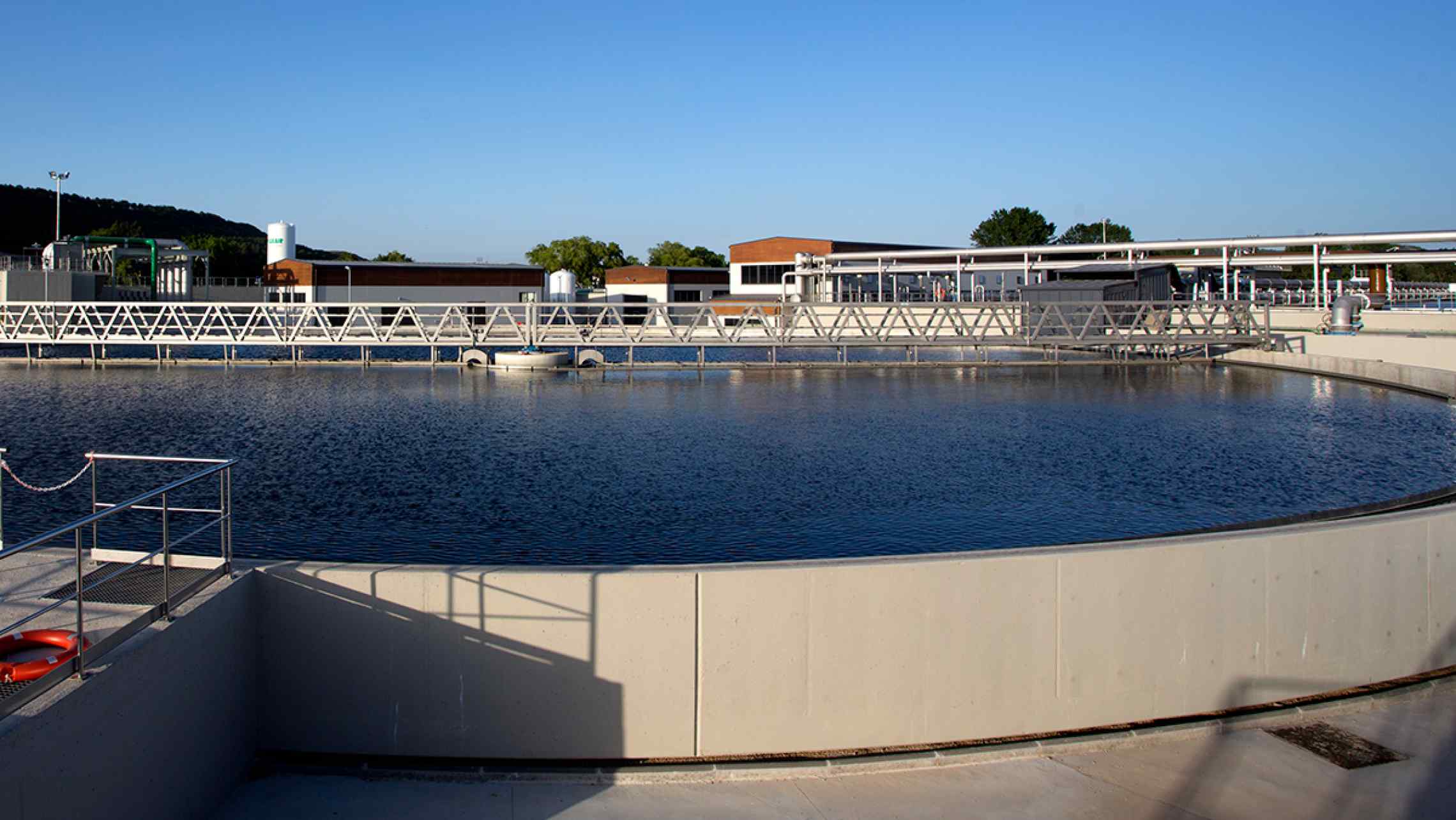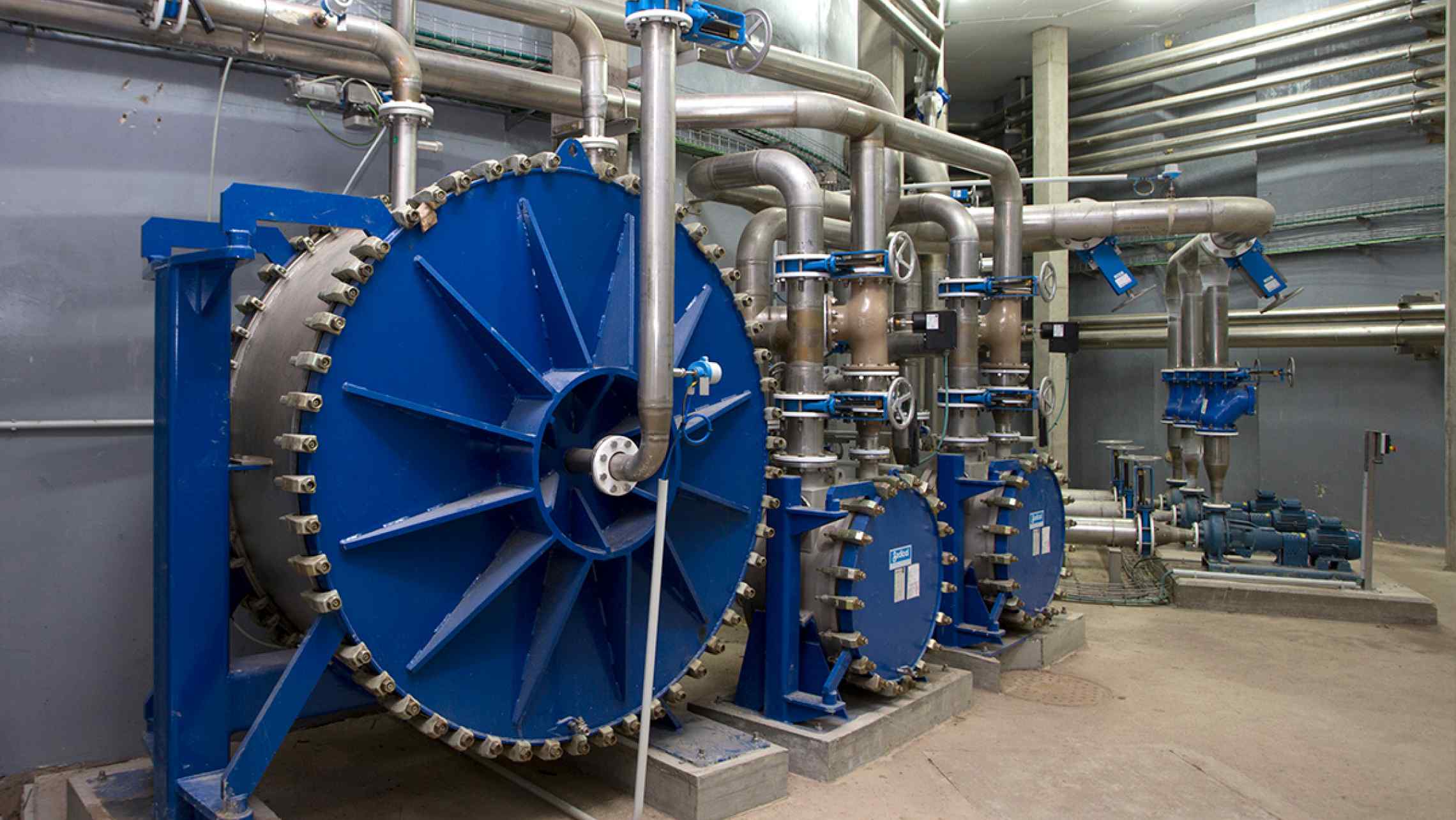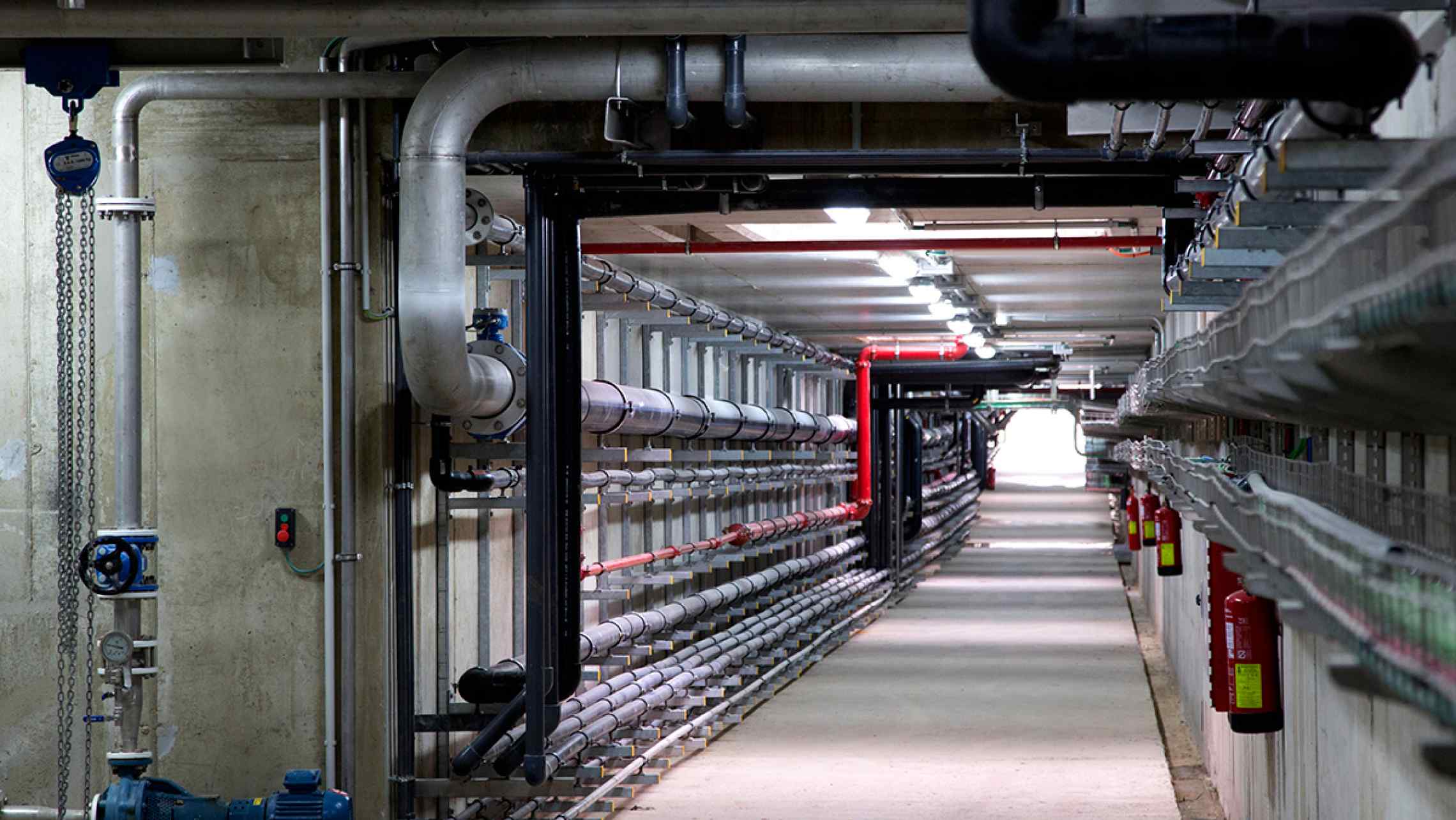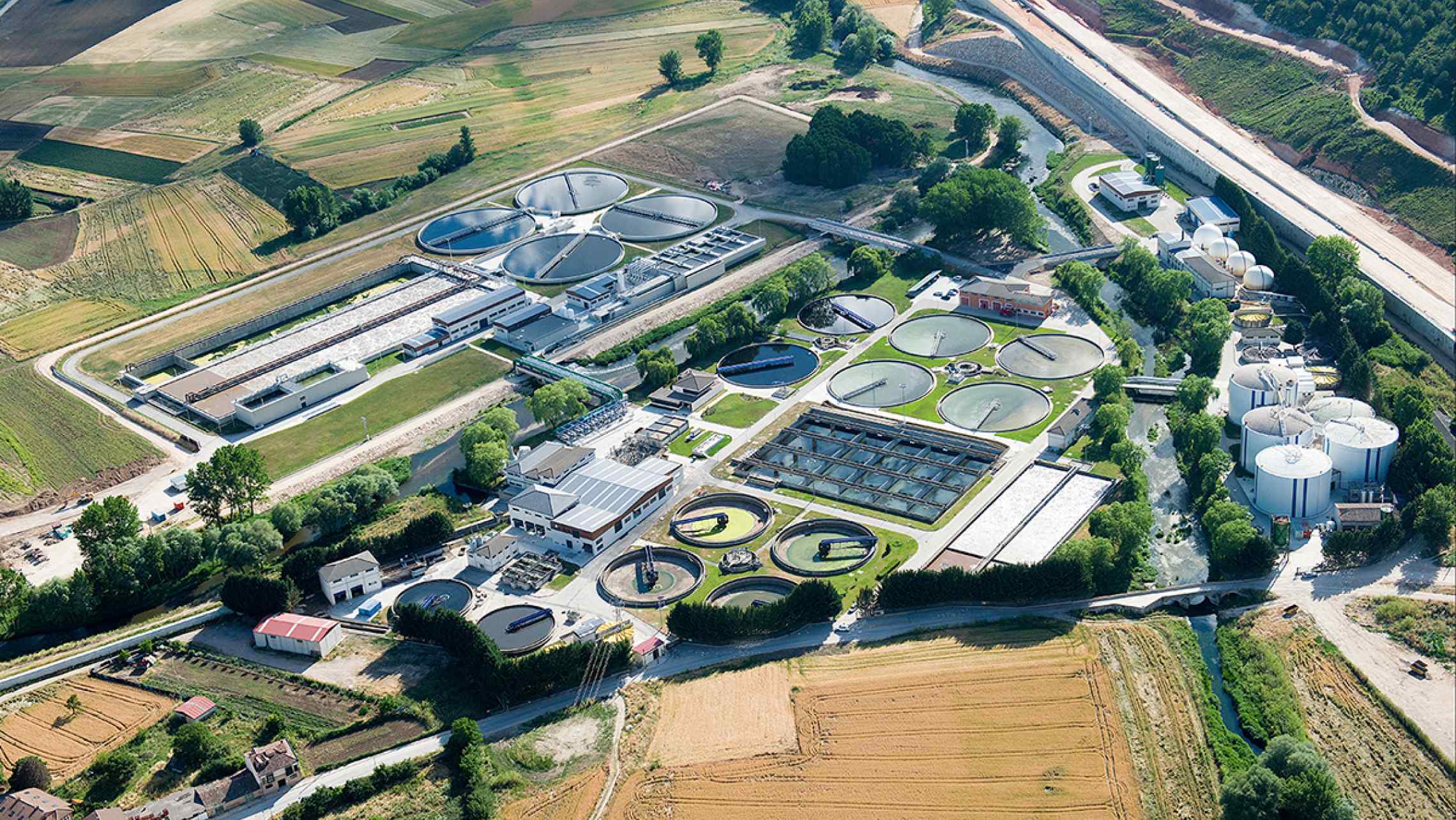EXTENSION OF BURGOS’ EDAR
On 24 October 2016, the Minister of Agriculture and Fisheries, Food and the Environment, Isabel García Tejerina, inaugurated the expansion work on the Burgos Wastewater Treatment Plant (WWTP) and its Alfoz, where she stressed that the start-up of this facility responded to the demands of good management of the water cycle, “an essential management for achieving solid and sustainable development”.
The BURGOS WWTP joint venture formed by Copasa, Suez, Socamex and Pesa Medio Ambiente, was awarded the project for the design, construction and start-up of the Burgos WWTP Expansion. 57 million has been invested in the works, co-financed by the Ministry, through the state-owned company Acuaes and European funds, and by Burgos City Council. With this investment, Burgos has an infrastructure that enables it to comply with European directives regarding the quality of wastewater. In addition, the new WWTP can now serve more than one million equivalent inhabitants, compared to the previous 833,000. Likewise, the maximum daily flow of the treatment plant will increase from 118,000 m3 to 156,000 m3, in addition to allowing 100% of the rainwater to be treated.
Main actions
The following is a list of the work we have carried out in greater depth throughout this Plant Report on the extension of the Burgos WWTP:
- Improvement in the current line of Villalonquéjar. The line has a new pre-treatment for the rainwater flow, covering of the de-sanders and deodorization, as well as an adaptation of the biological reactor to achieve the reduction of nutrients.
- Expansion and improvement of the general collector line. An extension of the current pre-treatment, coverage of the de-sanders and deodorization, as well as an adaptation of the current secondary decanters for use as primary decanters have been carried out. The current capacity of the water line has also been increased by building a new reactor for biological treatment and secondary decantation on the left bank of the Arlanzón River. The design of this new line allows for the reduction of nutrients by biological means.
- Tertiary treatment. A tertiary treatment has been built, consisting of a physical-chemical treatment for the entire flow, both for the effluent from the general collector line and the Villalonquéjar collector, and a subsequent filtration system for the service water. These facilities have also been implemented on the left bank.
- Storm treatment. A storm treatment has been built for excess flow in rainy weather, which can also function, in dry weather, as a tertiary treatment.
- Mudline improvements. The capacity of the sludge line has been increased with the construction of new digesters and the rehabilitation of the existing ones. The new dewatering building has been remodelled, replacing equipment and installing new sludge silos.
The action also includes a control system for the new installations and equipment that is integrated with the current system, and from which action can be taken on the different elements of the WWTP. From this control centre, signals can be monitored and information obtained in real time to optimise maximum operating autonomy.




